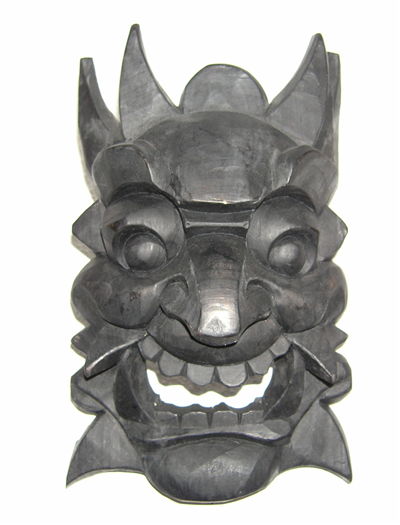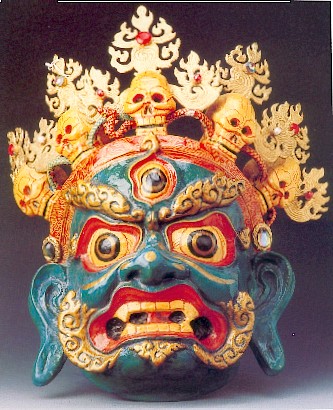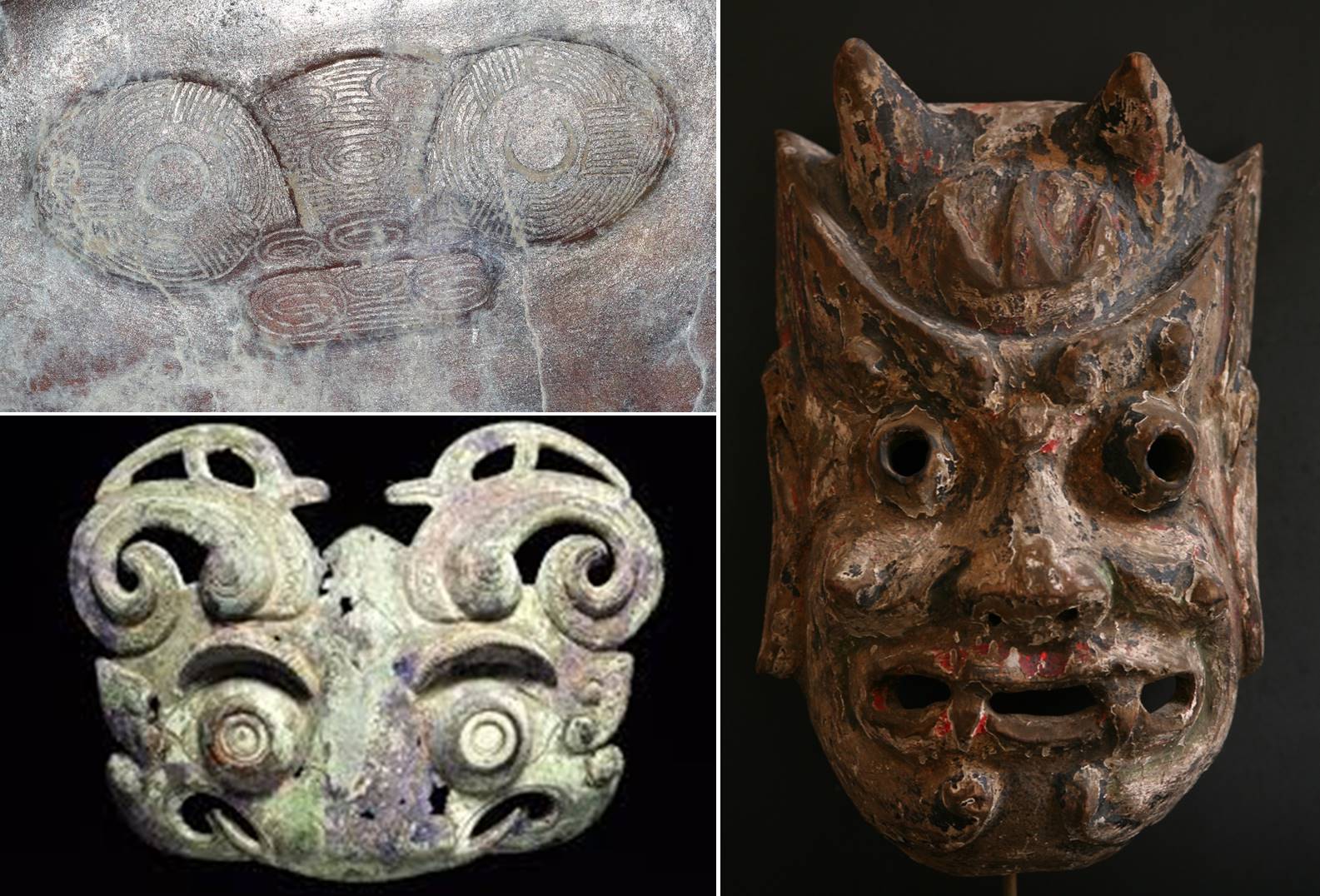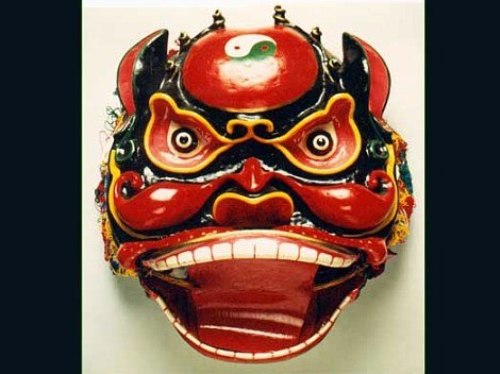
Authentic ancient Roman, Egyptian and Greek artifacts and coins for sale from from Gabriel Vandervort and Ancient Resource. Los Angeles, California, USA.****


Asia for s offers the best resource for bilingual books, ESL, Chinese language learning and Chinese cultural materials!
Ancient Man and His First Civilizations Minoan-2 Greece . The Pelasgians . The name Pelasgians, was used by ancient Greek writers to refer to populations that preceded the White Hellenes in Greece. During the classical period, enclaves under that name survived in several locations of mainland Greece, Crete and o

The gas mask is a mask used to protect the user from inhaling airborne pollutants and toxic gases. The mask forms a sealed cover over the nose and mouth, but may also cover the eyes and other vulnerable soft tissues of the face.
Ancient Greek Theatre. The English words for tragedy and comedy come from the language of the Ancient Greeks. Although the Greeks were not the first to perform plays, they were very interested in the origins of tragedy and comedy.


Mask – Funerary and commemorative uses: In cultures in which burial customs are important, anthropomorphic masks have often been used in ceremonies associated with the dead and departing spirits.
The ancient Greek drama was a theatrical culture that flourished in ancient Greece from c. 700 BC. The city-state of Athens, which became a significant cultural, political, and military power during this period, was its center, where it was institutionalised as part of a festival called the Dionysia, which honored the god Dionysus.




Sanxingdui Bronzes (1200-1000 BCE): Chinese Bronze Faces, Masks: Sichuan Province
The Fantasy Counterpart Culture trope as used in popular culture. Creating a completely new culture from scratch can be a daunting task. Think about …
By the 1920s, face Changing artists were using layers of oiled paper or dried pig bladder for their masks, which allowed them to change masks in less than a second.